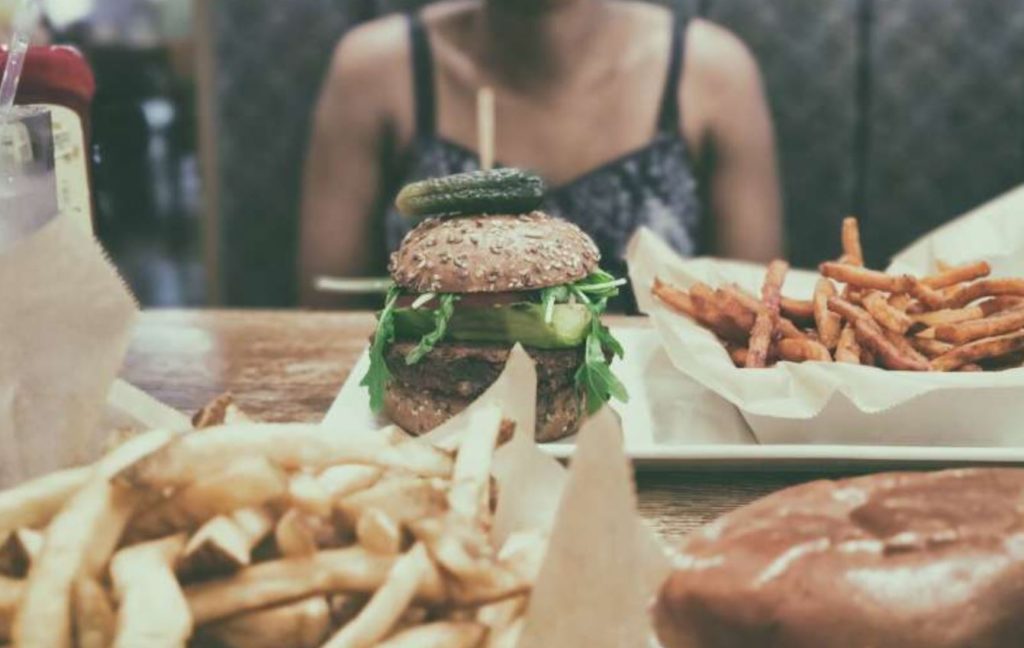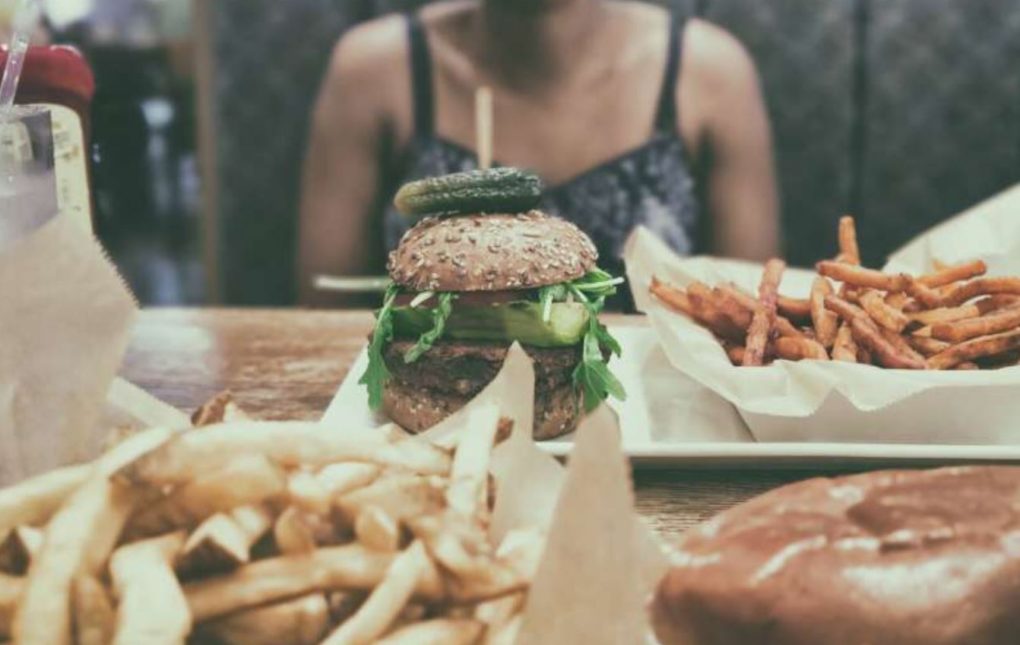Is There a Link Between Cashless Payments and Unhealthy Consumption?
 The widespread use of cashless payments including credit cards, debit cards, and mobile apps has made transactions more convenient for consumers. However, results from previous research have shown that such cashless payments can increase consumers’ spending on unhealthy food. “Why Do Cashless Payments Increase Unhealthy Consumption? The Decision-Risk Inattention Hypothesis,” a newly published article in the Journal of the Association for Consumer Research, explains this phenomenon by showing how changes in bodily responses to cashless payments influence consumers responses.
The widespread use of cashless payments including credit cards, debit cards, and mobile apps has made transactions more convenient for consumers. However, results from previous research have shown that such cashless payments can increase consumers’ spending on unhealthy food. “Why Do Cashless Payments Increase Unhealthy Consumption? The Decision-Risk Inattention Hypothesis,” a newly published article in the Journal of the Association for Consumer Research, explains this phenomenon by showing how changes in bodily responses to cashless payments influence consumers responses.
Authors Joowon Park, Clarence Lee, and Manoj Thomas propose that cash and cashless payments elicit different levels of negative arousal when making shopping decisions. “Most people experience a spontaneous negative emotional response to the loss of wealth, particularly when such loss is concrete and vivid,” the authors note. In contrast, when a person swipes a card or uses mobile payment, it is difficult to visualize the money changing hands. The payment occurs at a later date, which presumably does not entail a physical handover of money. “Because such transactions are not concrete,” the authors write, “cashless payments are less likely to elicit the negative arousal that is appraised as the ‘pain of paying.'”
Widget not in any sidebars
Since arousal has been shown to direct people’s attention to risky factors in the environment, the authors suggest that the lower level of arousal caused by cashless payments can direct consumers’ attention away from decision risks. This makes shoppers less attentive, for example, to risks relating to food (e.g., the risk that the product might have adverse effects on health in the long run). Authors refer to this process as “decision risk inattention” caused by cashless payments.
To test this idea, the authors invited participants to a lab for a simulated grocery shopping where some participants were told to imagine making cash payments and others were told to imagine making cashless payments. During the shopping simulation, participants wore a device on their hands that measured changes in their physical arousal level. The authors found that participants thinking of making cashless payments experienced lower arousal than those thinking of making cash payments. The higher arousal from cash payments made participants pay attention to the health risks associated with the grocery items, and consequently less likely to add unhealthy items such as cookies and candies to their shopping baskets. On the other hand, the lower arousal from cashless payments made participants pay less attention to the health risks, and thus they were more likely to purchase unhealthy items. That is, cashless payments made participants pay less attention to decision risks. The changes in arousal did not affect the purchase decision of healthy food items such as apples and salad, the purchase of which does not accompany such decision risks.
In a similar study, participants were told to imagine a dessert bar opening up in major cities in the U.S. They were told that the company is interested in understanding the popularity of several desserts. Participants viewed pictures and descriptions of several desserts and indicated how much they would be willing to pay for each one. Similar to the earlier result, participants who were thinking of making cashless payments were willing to pay more for the desserts than those thinking of making cash payments. Furthermore, this gap was more prominent for participants that had higher levels of education, who are presumably better aware of the health risks from the consumption of desserts. The authors found that inattention to such risks caused by cashless payments increased the amount that participants with more education were willing to pay for the desserts. However, for participants with less education, the different payment methods did not affect how much they were willing to pay. The authors found that for these participants, the level of attention paid to health risks did not matter, possibly because they were not well aware of such health risks.
One of the takeaways from the research is that the authors see the potential for their hypothesis to be tested in other situations involving different types of decision risks. “Compared to brick-and-mortar shoppers, would shoppers in Amazon’s cashless stores be more willing to try radically new products because of lower risk sensitivity? If casinos start giving out chips on mobile apps, instead of physical chips, would gamblers be willing to bet their money on riskier gambles?”
Image credit: Unsplash



